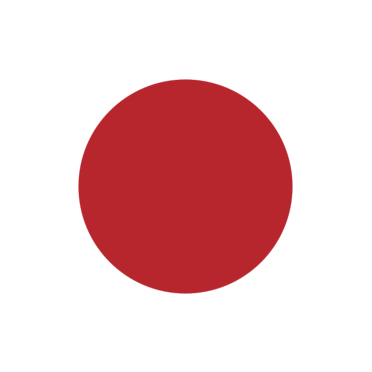Fund Management
Untapped Japanese Retail Demand Bodes Well For ETFs - Study

A report claims that because Japanese retail investors account for less than 3 per cent of ETF holders, that market could surge further if such clients become more involved in the sector.
Exchange-traded funds in Japan have surged in assets under management and the relatively small involvement of retail investors in the Asian country means that there is big upside potential for growth from that quarter, a report said.
These low-cost investment entities, which track market indices, have surged around the world over the past decade, attracting investors with their low fees and the attraction of “passive” products at a time when active fund management has lost some of its allure.
In Japan, ETFs have more than tripled their assets in five years between 2014 and 2018 to ¥33.6 trillion ($304.4 billion), according to figures form Cerulli Associates, an analytics and research firm.
Cerulli reckons that although institutional investors account for the bulk of assets, retail participation is due to grow with industry efforts to increase the availability of low-cost products, and foreign managers stand to benefit.
Japan’s ETF assets rose further to ¥35 trillion as of June this year, while the number of ETFs listed on the Tokyo Stock Exchange (TSE) reached 234 as of July 2019. Institutions, mainly financial institutions such as the Bank of Japan, represent 93.9 per cent of total assets. Financial institutions started purchasing more ETFs after 2012, with more positive investor sentiment toward equity investments following the Lehman crisis.
Individual investors represent only 2.7 per cent of total ETF assets. There are industry efforts to increase the availability of low-cost products to ordinary individual investors for long-term investments. In July 2018, the TSE introduced the Market Making Incentive Scheme (MMIS) to improve the liquidity of ETFs. A year later, version 2.0 of the MMIS was launched, with the aim of developing “star” ETFs.
Cerulli said that another way of promoting ETFs to retail investors is through ETF-incorporated mutual funds. With the trend towards passive products and diversification, more managers are becoming interested in including overseas ETFs within their funds as cost-efficient solutions, the firm said.
The organisation said that foreign managers stand to benefit from industry efforts to grow the ETF segment. The MMIS, for example, eases the entry of offshore managers into the market, as companies that want to be designated as market makers can register with the Financial Services Agency, regardless of where they are based. As of July 2019, seven firms were registered as market makers, and more are awaiting approval from the FSA.
Further opportunities for managers came in May this year, when China and Japan announced the launch of a cross-border investment scheme linking both markets through ETFs. Under the east-bound leg of the Sino-Japan ETF Connect, Chinese fund managers can set up Shanghai-traded ETFs that invest, through the Qualified Domestic Institutional Investor (QDII) scheme, at least 90 per cent of assets in Japan ETFs that track Japanese stock indexes.
While existing foreign ETF managers tend to focus on institutions, some see long-term prospects in the retail market, where investors are becoming more cost-conscious. “With the growth in the number of ETFs, product differentiation will become increasingly difficult. Moreover, it takes time to build the business, as margins are thin,” Ken Yap, managing director, Asia at Cerulli Associates, said.
